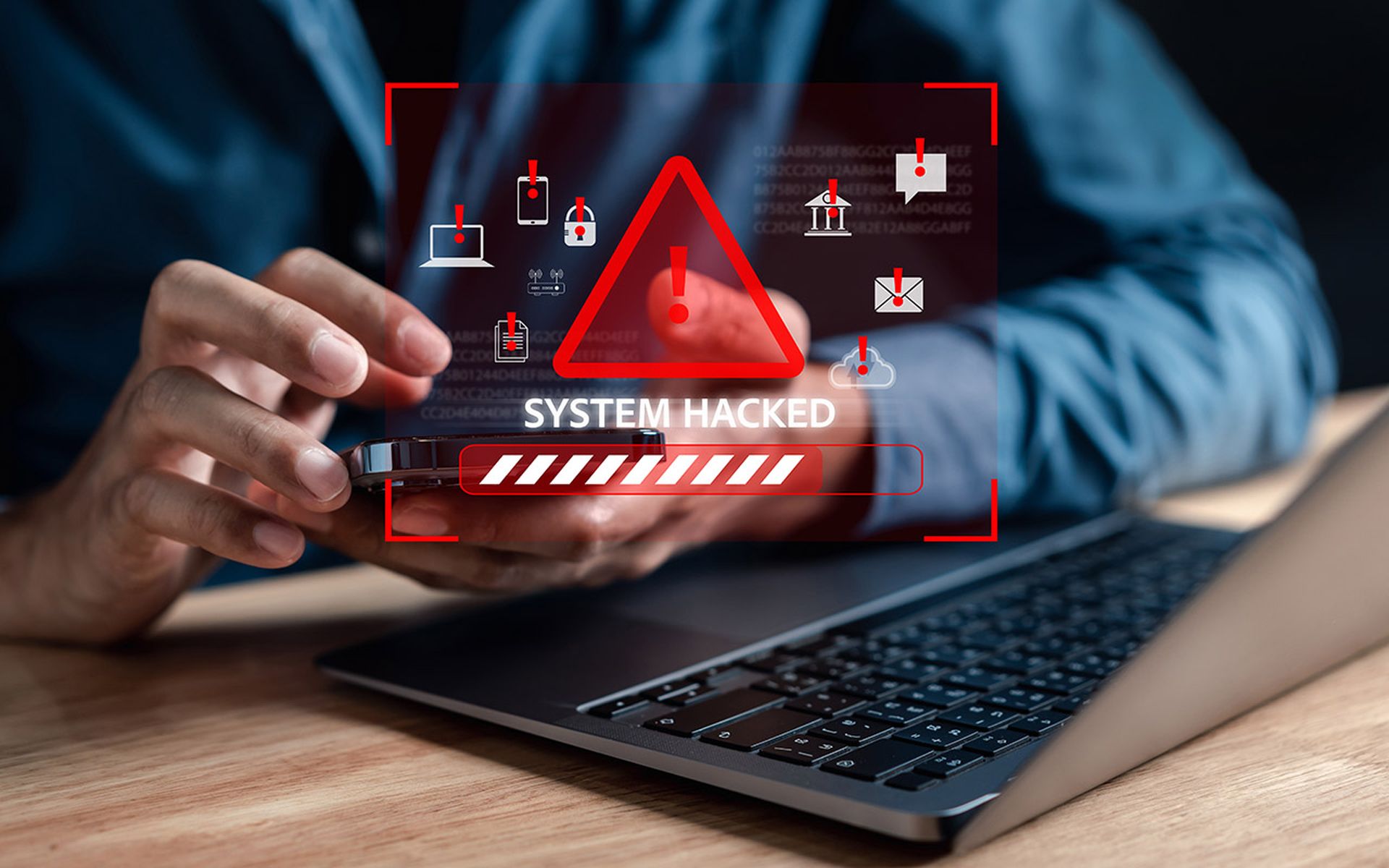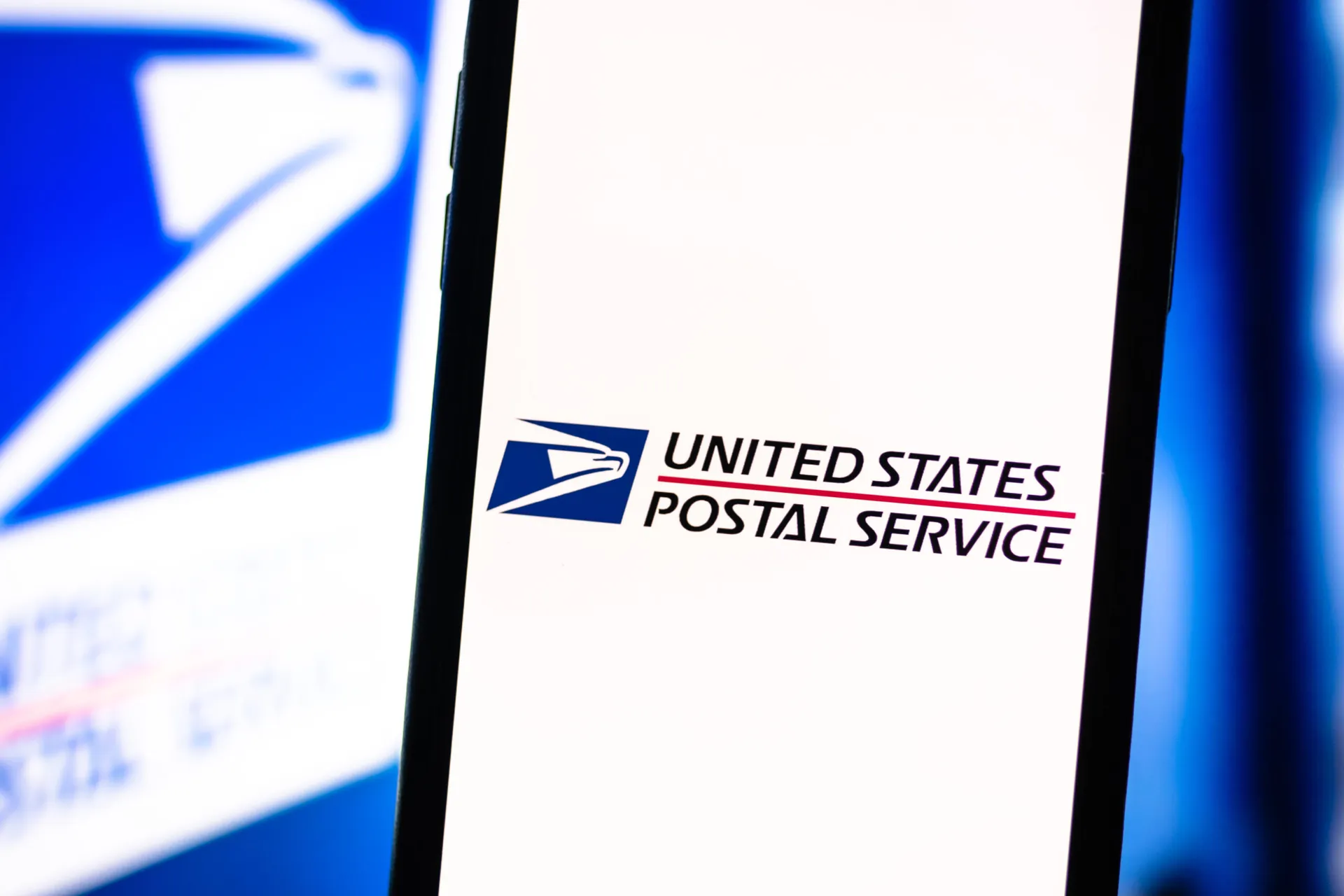Spam has become a bane to every inbox, and in corporate networks, it can pose a significant security threat. Over the years, this phenomenon has evolved from crude, mass-distributed ads relying on a spray-and-pray logic, to sophisticated and highly-targeted attacks. While traditional email filters still play a role, modern spammers are increasingly adept at bypassing such defenses.
Today, these unsolicited messages often contain malicious links, attachments poisoned with malware, or phishing emails where cybercriminals portray themselves as legitimate entities to trick recipients into divulging sensitive information.
Let’s zoom in on intricate tactics up the modern spammer’s sleeve, the escalating risks for organizations, and effective ways to stop spam emails in an enterprise network.
Scammers step-up their methods
Spam has always revolved around social engineering to craft convincing emails that exploit human psychology. These messages convey urgency, fear, curiosity, or authority to dupe recipients into taking action, such as clicking on malicious links or disclosing sensitive information.
But these shady tactics alone are not effective enough in today’s corporate world where security awareness has become a top priority. This makes threat actors think outside the box. As an illustration, here are several techniques that let spam emails fly under the radar:
- Obfuscation: This may involve encoding or encrypting payloads in spam emails, using image-based text instead of plain text, or embedding QR codes to prevent links from being identified as malicious.
- Fileless malware and macros: Instead of relying on classic malware payloads delivered through email attachments, spammers can use fileless contagions and malicious macros integrated into benign-looking documents. This hampers detection as harmful code gets executed directly in memory.
- Quid Pro Quo (QPQ) attacks: These emails offer a freebie or discount code in exchange for completing a survey or clicking a link. Such surveys are often designed to harvest sensitive information, and the links could lead to a “rabbit hole” of malware or fake websites.
The consequences of a spam attack can range from data breaches and exposure of intellectual property to financial losses, operational disruptions, and reputational damages. It’s important to have a Plan B that specifies mechanisms for continuous data protection as part of a comprehensive backup and recovery strategy. Teams need to set polices and technologies in place that avoid the worst-case scenario in the first place.
How to make the pendulum swing toward safety?
Organizations must offset the intricate strategies of the threat actors with equally sophisticated defenses. Employee vigilance remains important, but it works best in concert with the following security technologies:
- AI-based filtering: Rather than relying on predefined rules, modern spam filters use advanced machine learning algorithms to analyze email content, sender reputation, and other metadata. ML filters can adapt to emerging spamming mechanisms, continuously improving their effectiveness over time.
- Sender authentication protocols: Implementing protocols such as Sender Policy Framework (SPF), DomainKeys Identified Mail (DKIM), and Domain-based Message Authentication, Reporting, and Conformance (DMARC) helps verify the authenticity of email senders. This minimizes the likelihood of spoofed or forged emails reaching corporate inboxes.
- Content and behavioral analyses: Content analysis goes beyond traditional keyword-based filtering as it scrutinizes email content for suspicious patterns. Behavioral analysis examines user interactions with incoming emails to detect anomalies that signal spam or phishing attempts.
- Sandboxing: Sandbox environments create isolated virtual machines where teams can safely open and execute potentially unsafe attachments or links. This way, if the object triggers dubious activity within the sandbox, the user’s main system remains protected.
- Integration with threat intel feeds: Subscribing to threat intelligence feeds lets the security team stay up-to-date on the latest spam campaigns and malware threats. Teams can use this real-time data to update filters and pinpoint new spam tactics before they impact the network.
- Discover and hide exposed email addresses: Employees, especially the ones who are customer-facing, tend to publish their email addresses on the internet and then forget about them. Naturally, exposed email addresses are much more prone to becoming targets for spam. Some external attack surface management tools are capable of discovering exposed addresses. They can show exactly where the exposure has been discovered so that the email address owners can hide them from being publicly accessible and thus reduce the chances of getting into new spam databases. Issuing a new email address to an employee whose original email address has been exposed also makes sense.
Even with the best technology, human error represents a weak link in the company’s security posture. Regular training programs hone an employee’s ability to spot phishing attempts, social engineering hoaxes, and other spam red flags. Also, keep in mind that there’s no plug-and-play method to fight spam. The defenses must consist of a synergy of advanced email filtering, security protocols, modern data security tools, and user education.
David Balaban, owner, Privacy-PC




